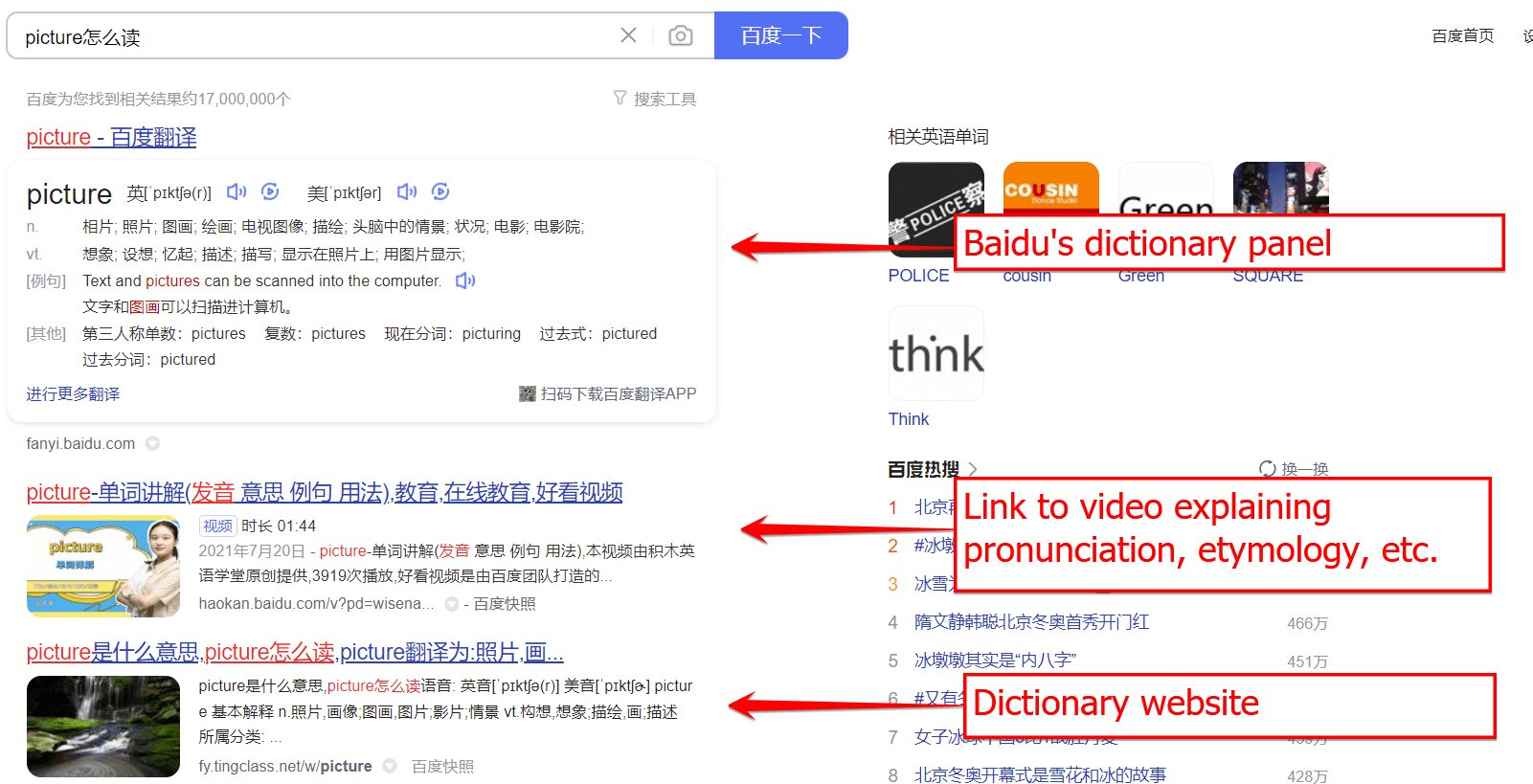Baidu SEO: Baidu’s content quality guidelines
As SEOs, we’ve become acquainted with the countless Google updates for content, with E-A-T, Penguin, and RankBrain among others making a huge impact on SERPs.
Baidu, on the other hand, can be daunting for SEOs optimizing for China due to having a completely different ecosystem to Google.
Ziyuan (meaning ‘resource’) is Baidu’s official content hub for search engine optimization. It includes documentation on how to optimize websites using backlinks, how to monitor website indexing in Baidu Webmaster Tools, and more.
Baidu periodically releases documentation for best practices and guidance on technical SEO, backlinks, and content. Much like Google’s Content Quality Guidelines – though not as in-depth – Baidu has released a top-level overview of what it evaluates as “high-quality content”, setting out rules and guidelines for websites to follow.
This overview also gives low-quality examples for users to gather a further understanding of what sort of content they should and shouldn’t be writing.
Baidu lays out its content rating guidelines into six categories:
Relevance
The ‘relevance’ factor of Baidu’s guidelines heavily relates to Google’s Needs Met ratings and simply asks for a website to write content that is actually relevant to the user’s query.
For this, Baidu states:
To meet the requirements of the user’s question, promptly present the answer after user has viewed the content
Simply put, websites should be direct with answering queries and avoid any fluff that may be found in a webpage.
The example for high-quality content the documentation gives for this is:
Question: Why do cats vomit
Answer should include: Explanation of common causes and treatments methods for vomiting; content is appropriately structured, easy to read; clear organization.
Abundance (how rich in content)
Baidu disfavours thin content for queries that ask questions around daily activities, universal questions, and studies. For queries, they specifically state to give at least three answers to ensure richness and improve reading experience for users.
This is similar to how Google rates high-quality content (or ‘Main Content’), where it states that content should be comprehensive, but does not explicitly state it should have a number of answers to ensure this.
In the example it gives for “what to style a white sweatshirt with”, web pages should give three or more examples of outfits, reasons for each outfit, and a description of the matching effects.
A high-quality example has been:
Question: 10 best places for women to travel
Answer should include: 10 locations listed to meet abundance requirements; advantages are provided and explained; pictures and texts are combined to increase the reliability; clearly structured; easy to read.
Authority
Much like Google’s E-A-T, Baidu can be quite strict for queries that are concerned with medicine, law, and finance. For these terms, Baidu evaluates the content for what it includes (e.g. clauses and regulations if related to legal content) and the organization or author in the field – ensuring they have the corresponding certifications for their field.
Legal content must also provide proper legal references, legal clauses and so on.
For a high-quality example, it gives:
Question: What to do if migrant workers are not paid in arrears?
Answer should include: Answer given by practicing lawyers and provide legal basis and references
Time-effective
For queries that are related to seasonality, are time restrictive, or asking for latest versions, Baidu evaluates content around these factors.
For a high-quality example, it gives:
Question: What do you need to buy a house in Hefei 2021?
Answer should include: The content meets the latest timeliness requirements; the conditions required for the latest house purchase policy; step-by-step explanation supported by pictures and texts.
Similar to Google, it will only want to show results relevant to the timeframe.
Format of content
Baidu also evaluates the format of content and, like Google, will prefer some content types over others to best fit the intent of the query.
For example, for the term “how to pronounce {picture}”, it will recommend to:
“Produce video content, give correct pronunciation, and explain related content such as root origin, usage and example sentences.”
This is shown in the SERPs for the term “picture怎么读”, giving :

When doing keyword research and mapping for Baidu, it may be wise to check the intent and SERP features for each page to ensure you’re creating the right content.
Content value-added experience
This section lists certain criteria that content needs to meet for its queries, which are:
- Showing an opinion or attitudes
- Explaining with reference to case studies
- Original workable method
- User actionable experience sharing
For an example of high-quality content, it gives:
Question: How to charge lawyer fees in divorce cases
Answer: Explain the charging regulations, the factors that determine the fee, reminders of relevant risks and suggest how to choose a lawyer.
Other examples
Baidu also lists many other examples of accepted answer formats for a wide range of content types. For example:
Question: What is XXX
Answer should include: The definition and characteristics of the query should be elaborated accordingly; if the queries involve multiple concepts, these should be elaborated separately, clearly stating the separations between each one.
Many more examples can be found in the documentation to help give guidance.
Optimizing content for Baidu
From the above, Baidu operates its ranking system following similar content rules to Google. Specifically, it approaches content relating to the legal industry, financial industry, and others with a similar fashion to E-A-T, where both webpage and website must be authoritative, include references where possible, are trustworthy, etc.
When writing content for more general queries, the search engine heavily favours the listicle format – even giving a threshold of answers for certain queries in addition to supporting explanations and definitions.
In all, we have clearly laid out criteria for optimizing content for many content types. Following these in your content strategy for China, supported by appropriate keyword research and intent mapping, should give you a stronger hand for ranking on Baidu.